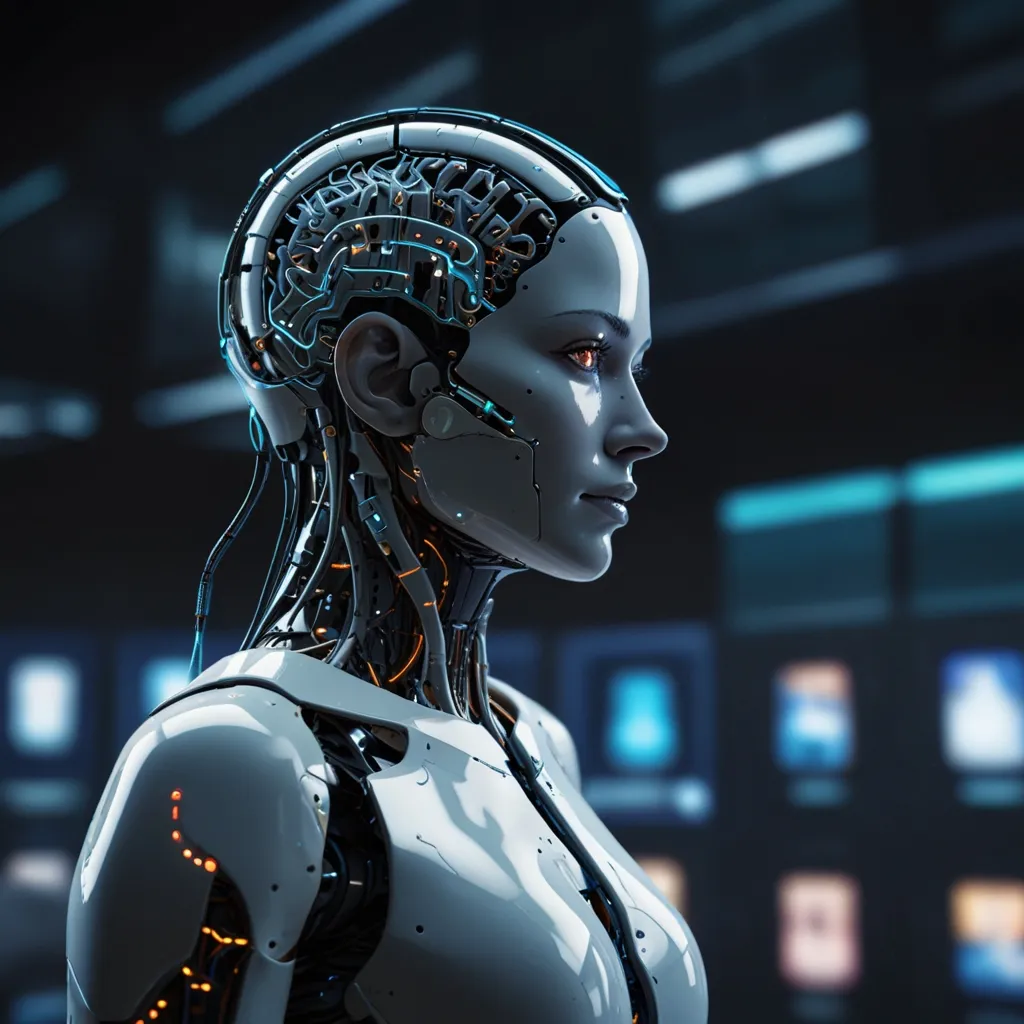If you’ve ever wondered why our brains do what they do or how they even pull off the tricks behind thoughts, feelings, and memories, you’re not alone. Sometimes I ask myself how it is that billions of tiny nerve cells can work together so seamlessly. Early scientists used to think the brain was like a continuous mesh, but Santiago Ramón y Cajal changed everything with his careful drawings under a microscope. He showed that brain cells, or neurons, are separate—each one its own entity. They talk to each other across little gaps, not as a giant web but as billions of individuals sending signals. Can you picture just how many conversations are happening at once inside your head?
“The brain is wider than the sky.” – Emily Dickinson
Then, there was a point when everyone thought once your brain grew up, that’s it—no more changes. Now we know the brain is always revising itself. Neuroplasticity is the word for this miracle. Experiences reshape the connections between cells, making your brain more like clay than concrete. London taxi drivers, forced to memorize every street, literally grow larger navigation centers in their brains. So, if you’ve ever worried about getting stuck in your ways, you can relax a little. Your brain never truly stops learning. Would you believe that every time you try something new or break a habit, tiny pathways are changing inside your skull?
“Change is the only constant in life.” – Heraclitus
At the heart of everything our brains do, chemical messengers buzz about. Otto Loewi proved that nerves communicate through chemicals during a clever experiment on frog hearts, which led to the discovery of neurotransmitters. These little molecules, like acetylcholine or dopamine, carry messages from one cell to another. Knowing how to influence these tiny chemical operations has completely shifted the way we treat illnesses like depression and Parkinson’s disease. Imagine how a simple chemical tweak can help someone move, think, or feel differently.
Have you ever had your brain scanned? The invention of functional magnetic resonance imaging, or fMRI, was a breakthrough. Suddenly, we were able to see live brain activity—where blood flows, which areas light up when we speak, solve puzzles, or even feel sad. This takes what used to be guesses about mental life and ties them to actual physical changes. Now, scientists can watch your thoughts form and travel across your brain. Isn’t that a wild idea: to literally witness thinking?
“I am, therefore I think.” – Rene Descartes
One discovery that really stands out is the mirror neuron. It turns out, when we watch someone else do something—say, picking up a cup—the same neurons in our brains fire as if we were doing it ourselves. So much of learning, empathy, and social life leans on this mechanism. These neurons help us mimic others, understand their motives, and even feel their pain. For people with autism, these circuits might work differently, changing how they connect with others. It makes you wonder: how much of what you feel is borrowed from people around you?
What fascinates me today is how modern scientists go even deeper—mapping every connection in a mouse’s brain, for instance. They trace over 200,000 brain cells with more than four kilometers of wires in that tiny space. Imagine having a Google map for the brain, where you can pinpoint exactly where things go wrong in diseases like Alzheimer’s or Parkinson’s. New research is even mapping out the complicated jobs performed by inhibitory neurons. Before, these were seen as simple silencers. Now we know they carefully coordinate and fine-tune whole networks, which gives hope for better treatments in the future.
“The greatest challenge to any thinker is stating the problem in a way that will allow a solution.” – Bertrand Russell
Let’s take a moment to imagine: if you could see your future brain, shaped by the things you do today—would you change your habits? Researchers are already using artificial intelligence to create synthetic pictures of future brains. These tools might one day let us peek ahead, spotting diseases before they even show symptoms. What would you do if you knew which habits were helping—or harming—your brain? Advances with AI also now help us recognize different neuron types, sort out their electrical signals, and even predict brain activity. This isn’t science fiction; it’s happening now, making identification of complex neural processes much easier.
Curious about how scientists figure out which neurons do what? AI, optogenetics, and even light pulses are used today to “tag” neuron types while recording their signals during real behaviors. This has led to a sort of library of neuron fingerprints, so that algorithms can now spot which neuron is which while you move, think, or even dream. It’s like being able to watch all the brain’s elementary building blocks work together at the same time, as if you’re watching the gears behind a giant, delicate clock.
“We are what we repeatedly do.” – Aristotle
Another interesting angle comes from studies of decision-making. By wiring up rats and tracing the little surges of electrical activity, scientists are learning exactly how the brain weighs options and picks a direction—sometimes even before animals themselves seem to decide. It’s insight that might one day help us understand impulsive behaviors or improve treatments for disorders tied to decision-making.
Have you ever wondered how your creativity or emotions emerge from physical matter? Understanding brain chemistry has led not only to medical breakthroughs but also to new theories on how ideas and feelings are born. For instance, mapping how sensory experiences form memories can help explain why certain smells or sounds instantly take you back to childhood.
What surprises me is how every day brings new techniques: super-sensitive scans that spot diseases before anyone notices symptoms. PET scans catch tiny markers of trouble years in advance, and new blood tests might soon predict the start of brain disorders. What if regular checkups included a simple test to see the earliest hints of Alzheimer’s, years before memory slips begin? These possibilities could transform aging and give doctors a head start on prevention.
“If you want to find the secrets of the universe, think in terms of energy, frequency, and vibration.” – Nikola Tesla
Right now, research is pushing therapy even further. Brain stimulation techniques target only tiny circuits, sometimes helping people recover from stroke or fight depression when drugs don’t work. The future might even offer gene-editing therapies that fix only the problem cells, not the whole brain. The idea is to fine-tune treatments, aiming right where they’re needed, which means fewer side effects and better results.
All these breakthroughs haven’t just shifted medicine—they’ve reshaped how we see ourselves. Knowing your brain adapts, carries chemical conversations, fires with empathy, and reveals thoughts in real time changes how we understand learning, personality, and health. But it’s not just about fixing problems. Insights from brain science challenge us to ask questions. How do your choices today shape your mind tomorrow? Can you train yourself to be more empathetic by practicing understanding? And what will we discover next as technology lets us peek deeper?
In the end, the story of neuroscience is more than science. It’s an ongoing journey about what it means to be human. Each discovery opens windows not just into illness but into memory, creativity, kindness, and difference. Even with all we’ve learned—thanks to Cajal’s drawings, Loewi’s chemical clues, the marvel of fMRI, and the empathy stored in mirror neurons—the brain keeps surprising us, staying ahead of our smartest theories.
“The mind is not a vessel to be filled, but a fire to be kindled.” – Plutarch
Next time you puzzle over a memory, struggle with a new skill, or try to understand someone else’s feelings, remember that your brain is busy behind the scenes—changing, connecting, and communicating in ways we still don’t fully grasp. Isn’t it remarkable just how much is happening in your head right this moment?






